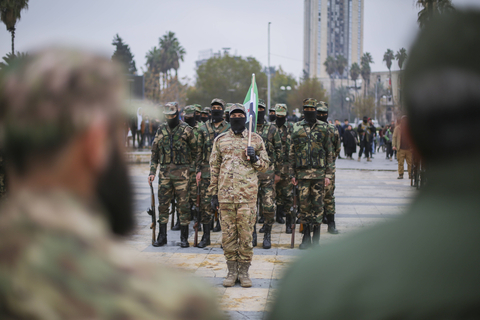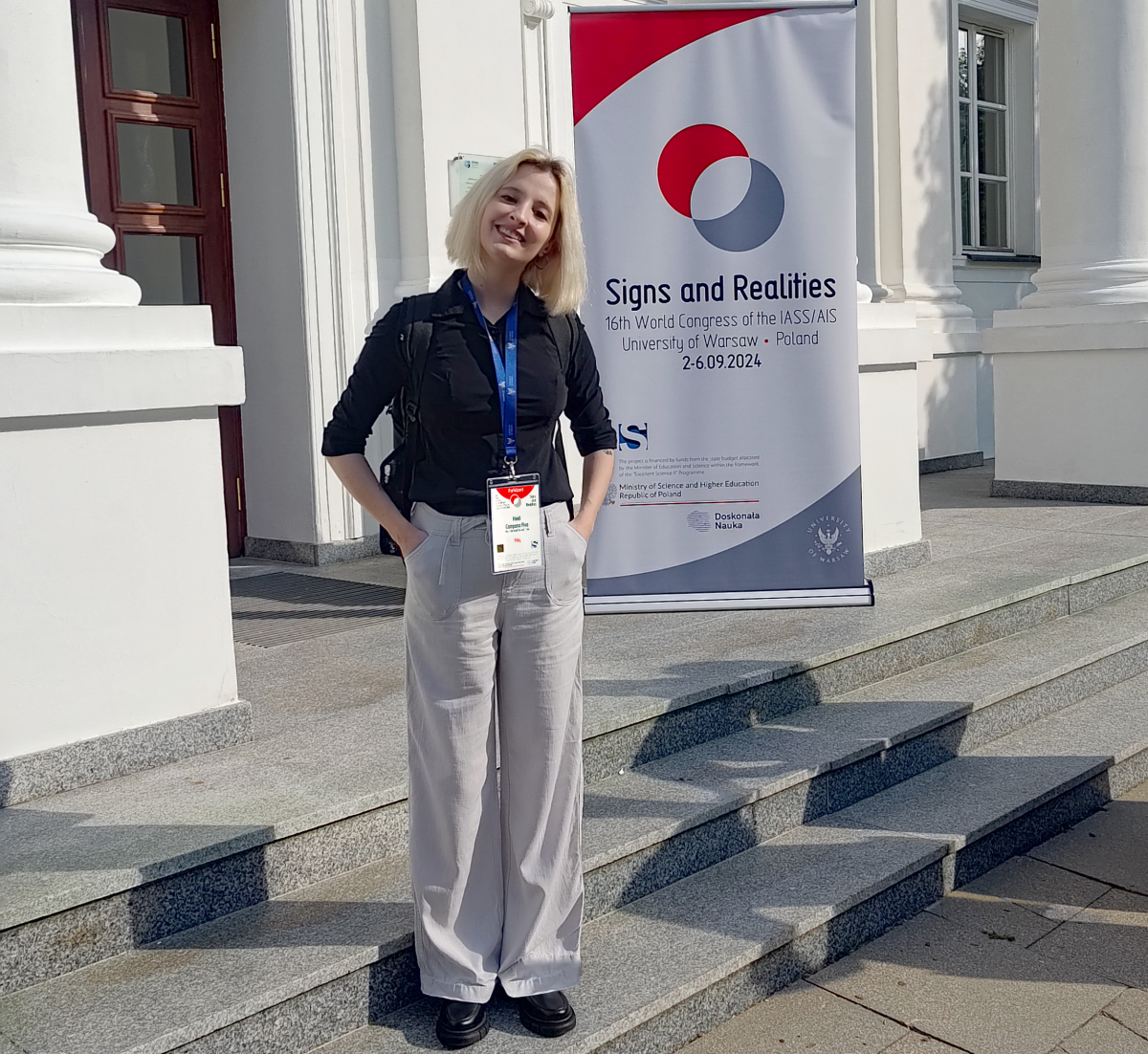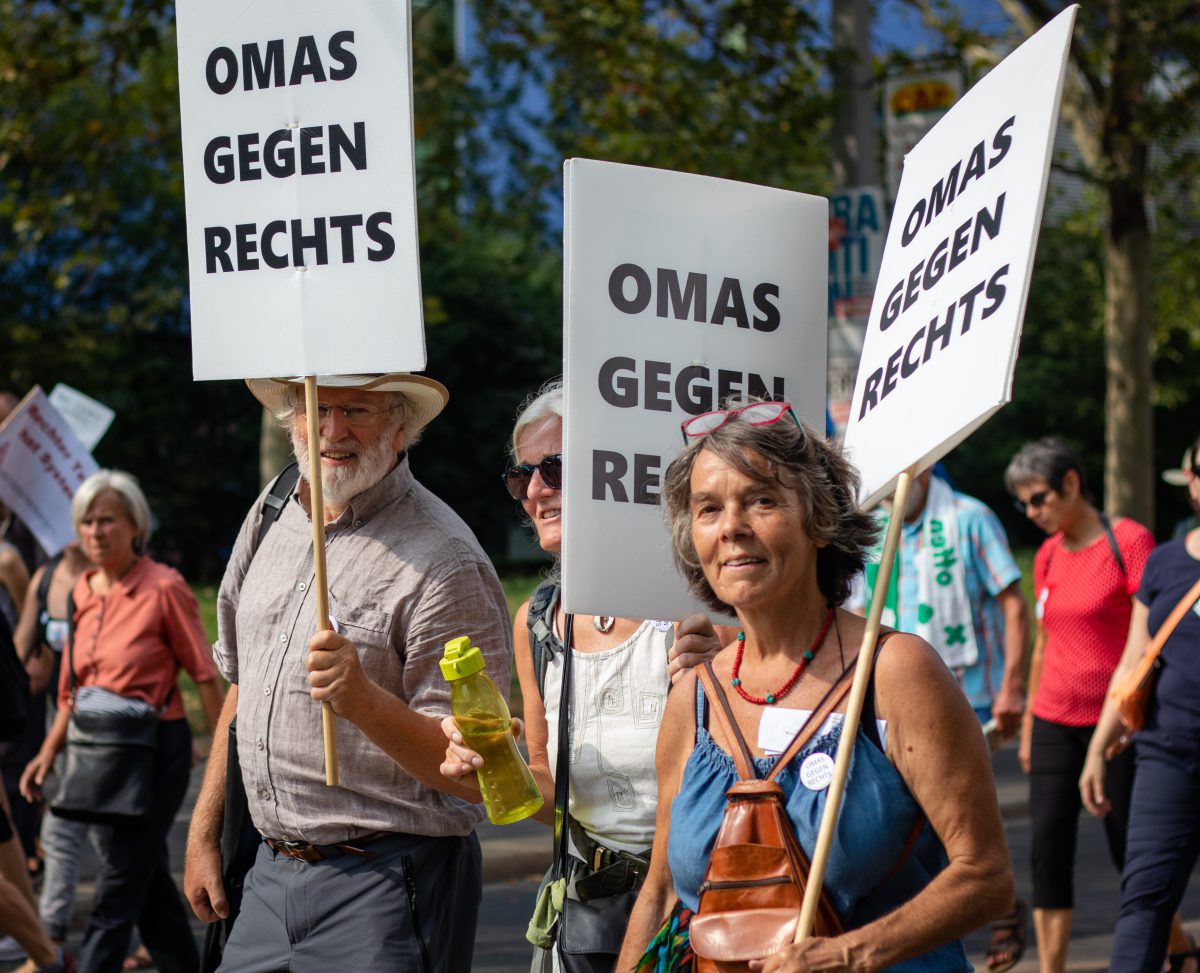After a government collapse in 2024, Germany faced another federal election on February 23, 2025. In the 2021 federal elections, the Alternative for Germany (AfD), a party that is now even listed by German federal security authorities as a case of a suspected right-wing extremist organisation, entered the German Bundestag for the first time while more than doubling its result in the previous election with 12.6%. In this year’s federal election, the AfD received 20.8% of all votes, making it the second strongest party behind the Christian Democratic Union (CDU). In the federal states of Saxony, Brandenburg and Thuringia, the respective state Office for the Protection of the Constitution has categorised the state associations of the AfD as ‘definitely right-wing extremist’. However, all three are also examples of federal states in which the AfD enjoys particular support. In the federal elections, the party received 37.3%, 32.5% and 38.6% respectively.
However, instead of clearly distancing themselves from the party in their campaigns, some democratic parties, those that had long perceived themselves as representatives of a ‘centre of society’, increasingly tapped into narratives that the AfD is strongly capitalising on, especially during the run-up to the elections. The reaction to deadly attacks in recent months with a debate on migration and asylum is just one example of this. Moreover, the so-called ‘firewall’ against the far-right, an agreement that democratic parties would not cooperate with far-right parties, started to crumble just before the federal elections. In early February, the candidate for chancellor of the Christian Democratic Union (CDU) tabled a motion in the Bundestag aimed at limiting irregular immigration to Germany, which found a majority with the votes of the AfD parliamentary group. It is a novelty in German post-war history that the votes of an extreme right-wing party have helped such a motion to gain a majority. This step has benefited one party in particular: It showed the AfD that it can influence conventional politics and is accepted by other parties – albeit indirectly – as a majority procurer. Lastly, another current example is a formal question from the CDU/CSU parliamentary group to the federal government on the political neutrality of state-funded organisations, which was submitted two days before the federal election. Numerous organisations, whose ‘political neutrality’ the CDU/CSU would like to have examined, had organised demonstrations against right-wing extremism and in response to the fall of the ‘firewall’ before the election. At present, there is a wave of criticism that this represents an attempt to intimidate civil society protest against right-wing extremism and for democratic values. The CDU/CSU’s questions also relate to organisations that receive funding as part of Germany’s largest funding programme for democracy and against violent extremism, namely ‘Live Democracy!’. This is a sinister sign, as it shows that civil society engagement against the far and extreme right is becoming politically unpopular or that attitudes that were originally reserved for the AfD are being ‘normalised’. This blog post takes this as an opportunity to present three doomsday scenarios of what the future of measures to prevent and counter violent extremism (PCVE) could look like if the AfD continues to gain power.
One possible scenario is the participation of the AfD in government, potentially as a junior partner in a coalition. This could, for example, influence federal budget decisions and federal education policy, which could in turn lead to a restructuring of the federal ‘Live Democracy!’ programme. Historically, the roots of today’s diverse German PCVE landscape, the bulk of which is implemented by civil society, lie in federal programmes for the prevention of right-wing extremism and racism. It is thanks to this history, as well as the country’s general dark history, that despite an increased focus on PCVE measures against religiously motivated extremism after 9/11, many measures are still explicitly aimed at preventing right-wing extremism. However, if the AfD were in government, it may influence the allocation of public funds to PCVE projects, with a shift towards those addressing left-wing and religiously-motivated extremism, arguing that these are the ‘real’ threats to our present society. Notably, as these terms are already inherently normative, they could also be given a new interpretation causing, for example, actors who currently promote democratic values to be labelled as ‘left-wing extremists’. Consequently, PCVE projects against right-wing extremism would decrease in number, and the respective projects would come under increasing pressure to seek funding elsewhere or reorient themselves. Any PCVE project that seeks to receive public funding in the future under such a government will need to swim with the current. However, it is not only the increasing lack of measures to prevent right-wing extremism that represent a collapse of an important pillar of a resilient democracy. PCVE measures to prevent religiously motivated extremism, which only ‘dance to the tune’ of a right-wing extremist party’s demands, will presumably be designed in such a way that they are highly stigmatising and thus not what we today understand as ‘effective’.
In a second scenario, the AfD could one day even become part of the federal government. In this case, it might even have the Ministry of Education or the Ministry of the Interior under its control. If that were to happen, it would even be possible for ‘Live Democracy!’ to be abolished altogether or replaced by a new ideologically driven programme. A ‘blacklist’ for civil society organisations that take a clear stance against right-wing extremism could be part of this doomsday scenario and be excluded from funding. As a result, some civil society organisations would not even have the opportunity to reorient themselves, they would have to close or rely on donations only. Lastly, a final and the darkest scenario is an AfD-led government in which the AfD holds key ministries such as the Ministry of the Interior, Justice or Education. Not only would the work of civil society organisations against right-wing extremism no longer be supported, it could also be defamed and criminalised as agitations against the state and endangering national security. Repressive measures against such ‘criminal actors’ represent the pinnacle of this scenario. Where security authorities no longer work against right-wing structures, but with them, there is no longer any room at all for what we understand as PCVE today. There could be measures under this banner, yet these would themselves be right-wing extremist in nature and based on a concept of extremism that is directed against enemies of a right-wing extremist government. Although even today it is not entirely undisputed what the kind of ‘extremism’ PCVE measures are directed against, such an understanding of PCVE would only be an instrument legitimising violence and discrimination, a perversion of its original function.
What can be done to prevent these doomsday scenarios? On the one hand, active efforts must be made to ensure that the AfD’s rise to political power does not materialise. This requires decisive action from democratic parties, which must reinforce the ‘firewall’ against extremist influence. Ironically, it also calls for strengthening the very PCVE measures that combat radicalisation. If these measures were funded by the democratic parties currently in power, with the longest possible legally secured funding periods, their preventative impact could be significantly enhanced. On the other hand, democratic parties must also fortify or change the institutional frameworks in which PCVE measures operate, ensuring they remain resilient against potential political interference. One critical step would be to guarantee financial stability for civil society organisations, rather than leaving them reliant on annually approved funding. A democracy promotion law, which could have provided such security, was blocked in 2021 by the CDU and again in 2023 by federal states led by the CDU and the CSU. Their objections centred on concerns about potential support for so-called ‘left-wing’ extremist organisations and ambiguities in the definition of extremism – similar arguments to those we are seeing again today. Another step could therefore be to provide better financial support to the federal states and local authorities so that they can embed tried-and-tested and ‘effective’ PCVE measures in regular structures. This would also take some of the political attention away from the PCVE landscape. Moreover, it would also be a sensible structural development of Germany’s highly experimental PCVE landscape with its numerous ‘model projects’, as those that have proven successful could enjoy a longer-term future.













